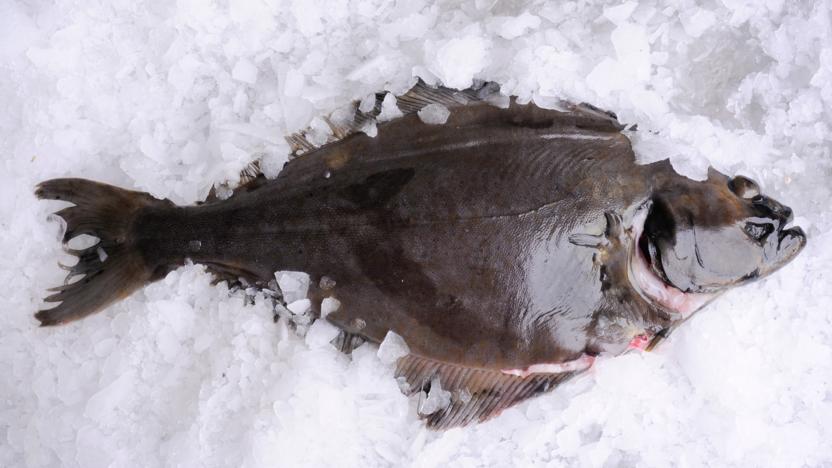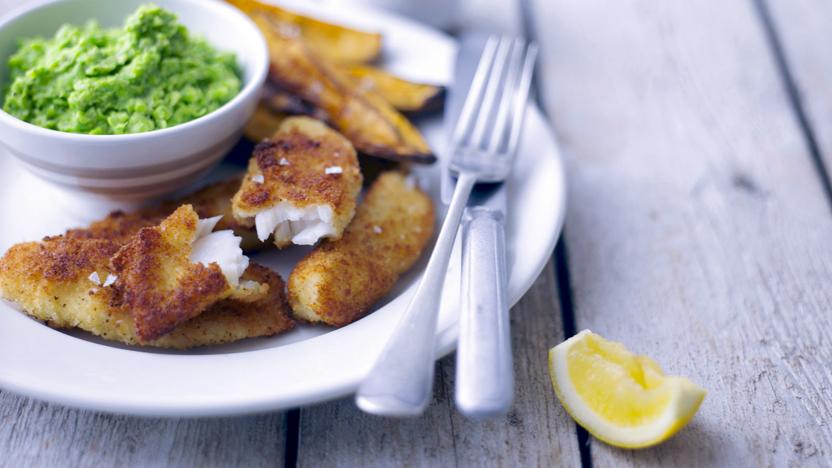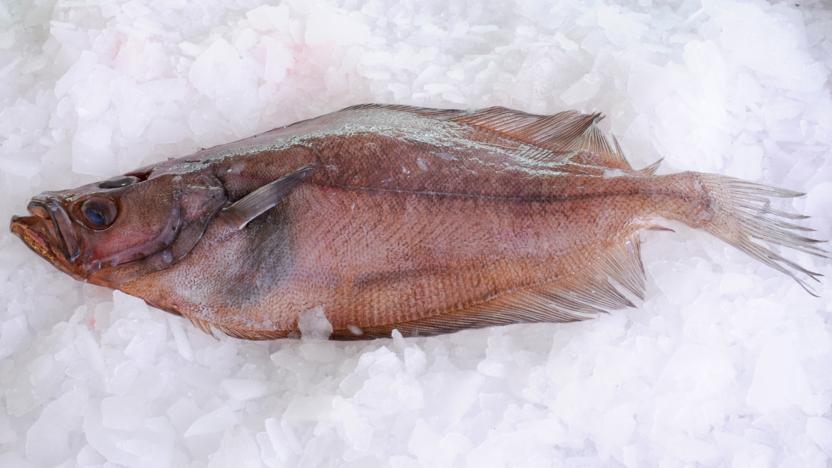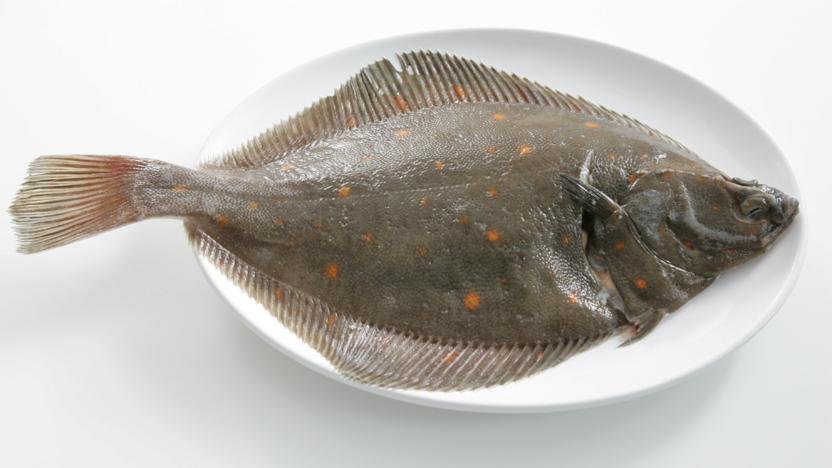Dover sole recipes
Dover sole is a long, slipper-shaped flatfish with a small head, light-brown mottled skin and a creamy underside. The skin is similar to a cat’s tongue, as it’s coarse to the touch when brushed from tail to head. The meat is firm but delicate and flavourful with a meaty texture. It’s traditionally skinned on the darker side only, leaving the white skin of the underside in place. The skin separates easily from the flesh and the flesh falls easily from the bone.
Buyer's guide
Dover sole is caught in the North Atlantic from the North Sea to the Mediterranean, though there are concerns that much of it is now over-fished and unsustainable. Sustainable sources of Dover sole caught in the English Channel are available – look for the distinctive blue MSC logo. Most sole is gutted upon landing and is available whole and occasionally in fillets: if you ask for it filleted, keep the bones and head to make fish stock. It’s available all year round but is at its best from July to February.
Preparation
Dover sole is a versatile fish that can be cooked whole or as fillets, either grilled, fried or poached. It’s traditionally cooked on the bone, with the upper skin stripped off prior to cooking (you can ask your fishmonger to do this for you). It works best cooked as simply as possible, either grilled, pan-fried or roasted. Dover sole is ideal with flavoured butters or simple sauces. Classic dishes include Sole Véronique (a French dish cooked with grapes and vermouth), Sole à la meunière (sole with a sauce of browned butter, parsley and lemon juice), or goujons (fillet strips dipped in egg and flour and deep- or pan-fried until golden-brown).






